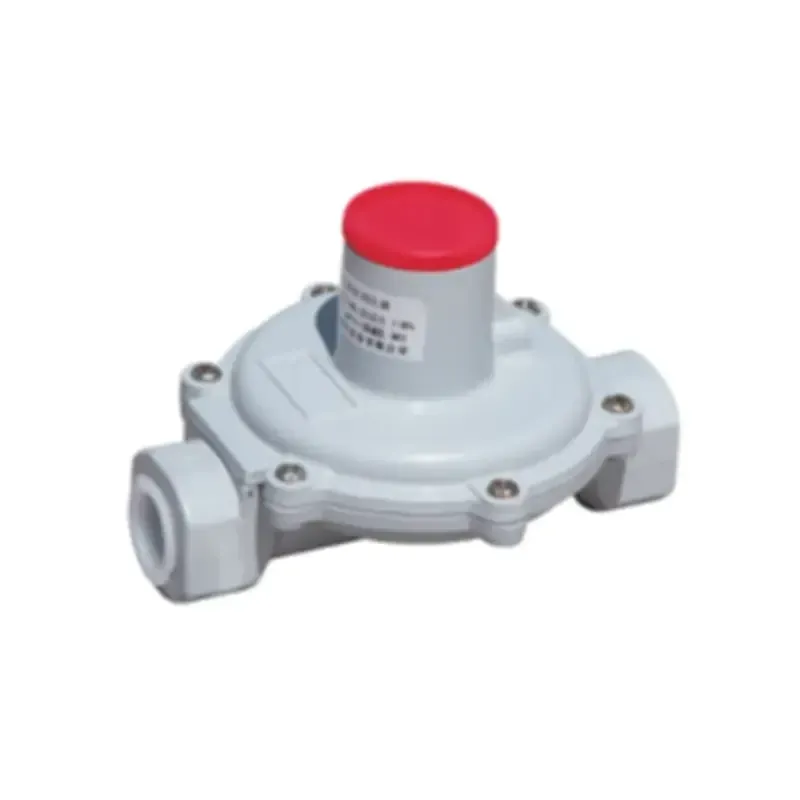
Nov . 25, 2024 23:41
Back to list
Gas Pressure Control Station for Safe and Efficient Distribution
Gas Pressure Reducing Stations Ensuring Safe and Efficient Gas Distribution
Gas pressure reducing stations (PRS) play a crucial role in the distribution of natural gas and other gases in various industries and residential areas. As natural gas is delivered from production sites, it often comes at high pressures that can be hazardous if not controlled. PRS are designed to reduce the pressure of gas to a safer, usable level before it is distributed through pipelines to consumers. This article explores the importance, functionality, and components of gas pressure reducing stations.
At the heart of gas distribution systems, PRS function as critical safety and control mechanisms. They ensure that the gas reaching consumers is at the appropriate pressure for safe use in heating, cooking, and industrial processes. The reduction of gas pressure is essential not only for safety but also for efficiency; delivering gas at too high a pressure can lead to equipment damage, increasing operational costs and risk of leaks or explosions.
A typical gas pressure reducing station consists of several key components pressure regulators, filters, and sometimes, flow meters and additional safety devices. The pressure regulator is the most critical element, as it controls the pressure of gas by automatically adjusting the flow based on demand. This means that during periods of high consumption, the regulator ensures a steady supply without exceeding safe pressure levels.
Filters serve to remove impurities and particulate matter from the gas before it enters the regulation process. Contaminants can undermine the efficiency of gas usage and lead to failures in appliances. By maintaining a clean flow of gas, filters help in prolonging the life of downstream equipment.
gas pressure reducing station

Moreover, safety is a paramount concern in gas distribution. Therefore, PRS are often equipped with safety devices such as pressure relief valves. These valves prevent excessive pressure build-up within the system, which could potentially lead to catastrophic failures. In addition, modern pressure reducing stations may include telemetry systems that monitor pressure and flow continuously, providing real-time data to operators and enhancing the safety and reliability of gas distribution networks.
The design of gas pressure reducing stations must comply with regulations set forth by governing bodies, ensuring that they meet stringent safety and operational standards. Engaging in routine maintenance and inspections of PRS is also essential to ensure their optimal performance. Skilled technicians are needed to perform checks on the integrity of seals, the functionality of regulators, and the cleanliness of filters.
As we move towards a more sustainable energy landscape, the role of gas pressure reducing stations may evolve. With the increasing integration of renewable gases, such as biogas or hydrogen, the technology and processes used in PRS must adapt accordingly. New advances in materials and monitoring technology will likely enhance the efficiency and safety of these essential components of gas distribution.
In conclusion, gas pressure reducing stations are vital infrastructure that ensures the safe and efficient distribution of gas to consumers. By controlling and monitoring gas pressure, these stations play a significant role in maintaining safety standards while optimizing the performance of gas usage. As technology advances and the energy landscape shifts, the importance of PRS remains paramount—protecting users and enhancing the reliability of gas supply systems. With proper design, maintenance, and adaptation to new technologies, gas pressure reducing stations will continue to be a cornerstone of effective energy management for years to come.
Latest news
-
Safety Valve Spring-Loaded Design Overpressure ProtectionNewsJul.25,2025
-
Precision Voltage Regulator AC5 Accuracy Grade PerformanceNewsJul.25,2025
-
Natural Gas Pressure Regulating Skid Industrial Pipeline ApplicationsNewsJul.25,2025
-
Natural Gas Filter Stainless Steel Mesh Element DesignNewsJul.25,2025
-
Gas Pressure Regulator Valve Direct-Acting Spring-Loaded DesignNewsJul.25,2025
-
Decompression Equipment Multi-Stage Heat Exchange System DesignNewsJul.25,2025

